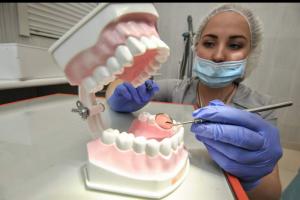National standards (GOSTs) are of great practical importance in the economic activities of economic entities. They establish basic standards and requirements for products and production processes. Let us further consider what national standards of the Russian Federation exist. 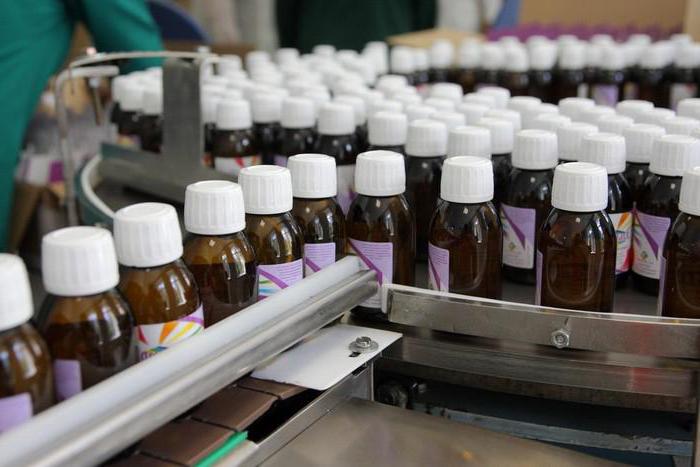
Classification
The following standards apply in Russia:
- fundamental;
- on products;
- for services;
- on processes;
- on definitions and terms.
Let's consider each of them in detail.
Founding National Standard of the Russian Federation
It can have a wide scope or contain general requirements for a specific area. The fundamental national Russian standard can be used directly as a regulatory provision or act as a basis for the development of other provisions, technical documents, etc. 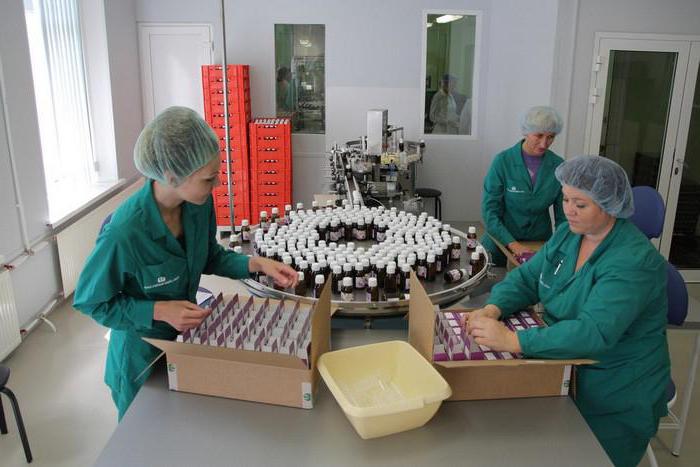
Structure
The fundamental national standard can be considered both in a narrow and a wide sense. In the latter case, objects of an intersectoral nature are included in it. These include:
- The standardization system in the Russian Federation.
- Units.
- Unified system of design documentation.
- The concepts of cross-industry significance (packaging, product reliability, quality management, etc.).
In a narrow sense, a national standard is a system-forming norm. It defines general provisions among requirements in a particular field. Such a section, in particular, is included in SNiP 10.01-94, GOST R 50779.0-95, etc. 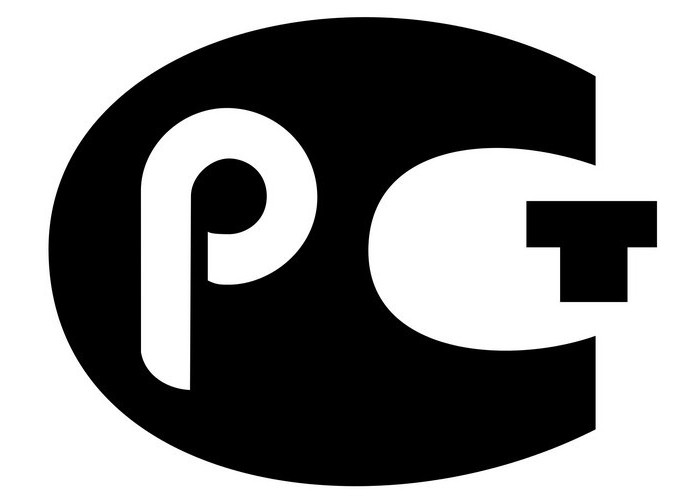
Subspecies
The fundamental national standard may relate to organizational, methodological or general technical facilities. In these cases, the norm establishes provisions that ensure unity in the development, production, use of products, and the provision of services. These, in particular, include standards for:
- Organization of work on standardization.
- Development and formulation of products in the production cycle.
- Rules for the preparation of technical, informational, bibliographic, and administrative documentation.
- General procedure for ensuring the quality of products, etc.
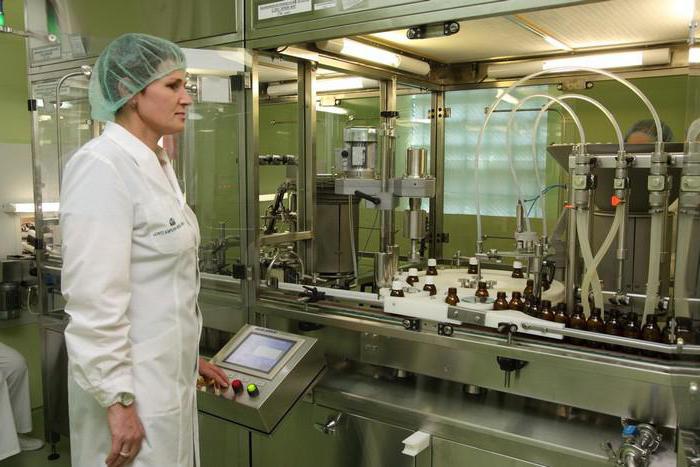
Organizational and methodological national standard defines the requirements for the production of work in a particular area. General technical standards can establish:
- Symbols for various objects (labels, symbols, codes).
- Scientific and technical concepts that are repeatedly used in a particular field.
- Requirements ensuring the uniformity of measurements and so on.
Product Standard
The basis for its creation may be an international standard. The national product standard establishes the requirements that must be met by products or a group of similar products. This is necessary to ensure that they meet their intended purpose. For products, standards are developed for general and special technical conditions. In the first case, the basic requirements that are common for all homogeneous products are determined. Sections such as are included in the standard:
- Classification.
- The main dimensions (parameters).
- Technical requirements.
- Acceptance procedure.
- Rules for storage, transportation, packaging, labeling.
The standard of special technical conditions establishes similar standards for specific products. 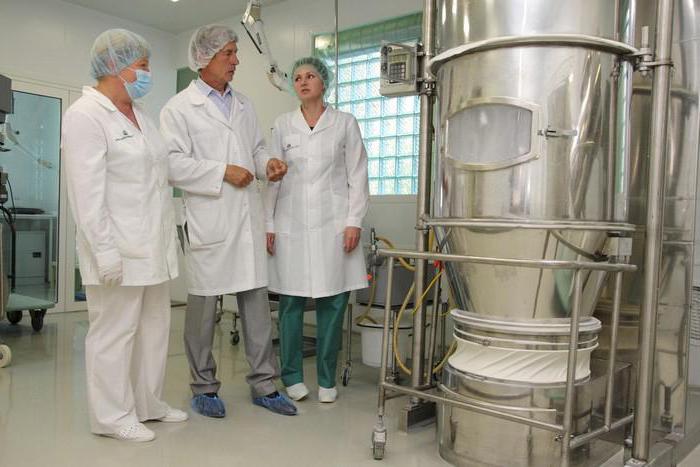
Process requirements
They are established relative to various works at specific stages of the life cycle of products (services): in the development, manufacture, transportation, storage, use, disposal. These requirements ensure the unity and optimality of processes.In the field of trade, standards of methods for storing food products, as well as its pre-sale preparation, are of particular importance. The standards establish the requirements for ensuring the safety of health and life of the population, the environment during technological operations. Recently, standards for management processes, in particular, for product quality management systems, have gained particular relevance.
Requirements for Control Methods
Such standards should, first and foremost, provide a complete and comprehensive quality control of services and products. The control methods that are established in the standards must be accurate, objective. The implementation of these tasks will largely depend on the availability in the standard of information about the measurement error and other characteristics. In the absence of such information, there is the possibility of making erroneous conclusions regarding the suitability of the tested services or products. For each method in accordance with the specifics of the measurement are determined:
- Testing aids and assistive devices.
- Rules for preparing objects for verification.
- Test execution procedure.
- Rules for summarizing the results.
- The procedure for processing the data obtained during verification.
- Permissible degree of error.
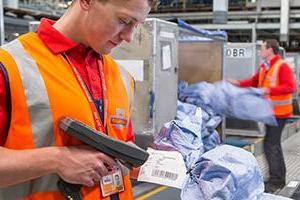
Product identification
Currently, the problem of detecting counterfeit goods in the global and domestic markets is quite relevant. In this regard, a standard was introduced to identify products. So, since 2002, standards have been in force for dairy and milk-containing products, sugar products, etc.
Other regulations
The standards for services establish requirements both for a certain service sector (transport, tourism, etc.) and for a specific process (hotel classification, transportation rules, etc.). Standards for definitions and terms are necessary to ensure mutual understanding between participants in economic relations.
Development scheme
The procedure in accordance with which the creation of standards is carried out is determined by the Federal Law "On Technical Regulation". The development of standards is carried out according to the following scheme:
- Creation and approval of the project.
- Finalization of the standard, taking into account comments received from stakeholders, public discussion.
- Submission of the project to the Technical Committee.
- Examination.
- Approval and publication of the standard.
In the process of development, the author must ensure access to the project for all interested parties. They publicly discuss the standard, send their suggestions and comments on its content. Based on the results of the examination, the technical committee prepares a motivated view on the acceptance or rejection of the project. The proposal is addressed to the state standardization body. In the case of a positive decision, a notification of the approval of the standard is published in the printed official publication and in electronic form in the public information database no later than 30 days. from the date of approval.




